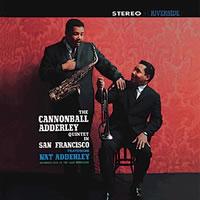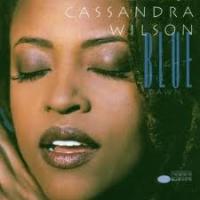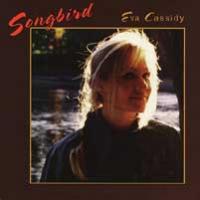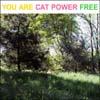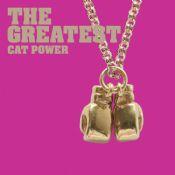Album Reviews
Sort By: Post DateTitle Publish Date
|
Jan 01, 2010
|
Feb 01, 2009
|
Dec 01, 2009
|
Sep 01, 2010
|
Mar 19, 2013
|
Jun 06, 2012
|
Sep 27, 2017
|
Apr 01, 2009

